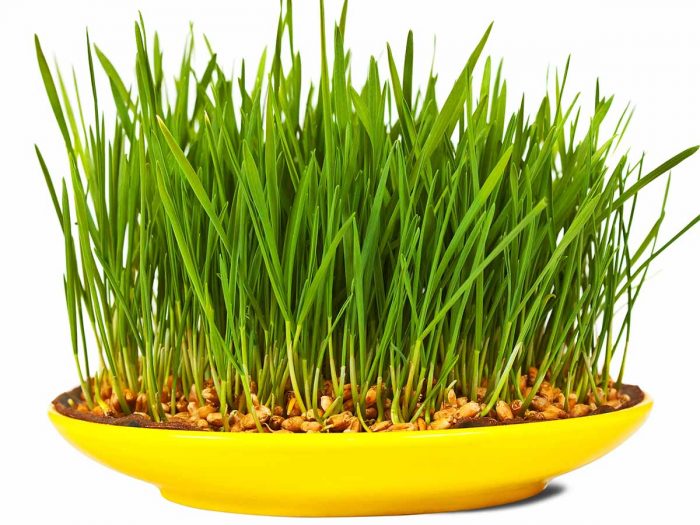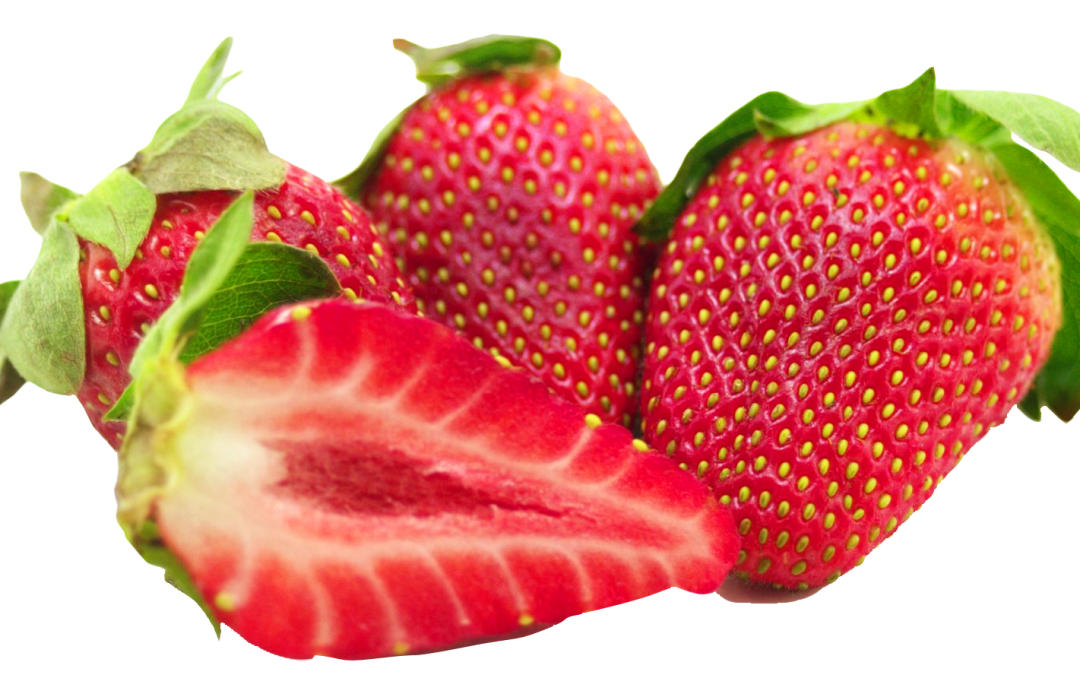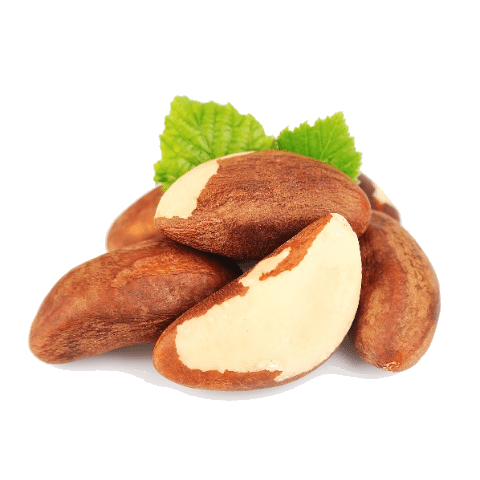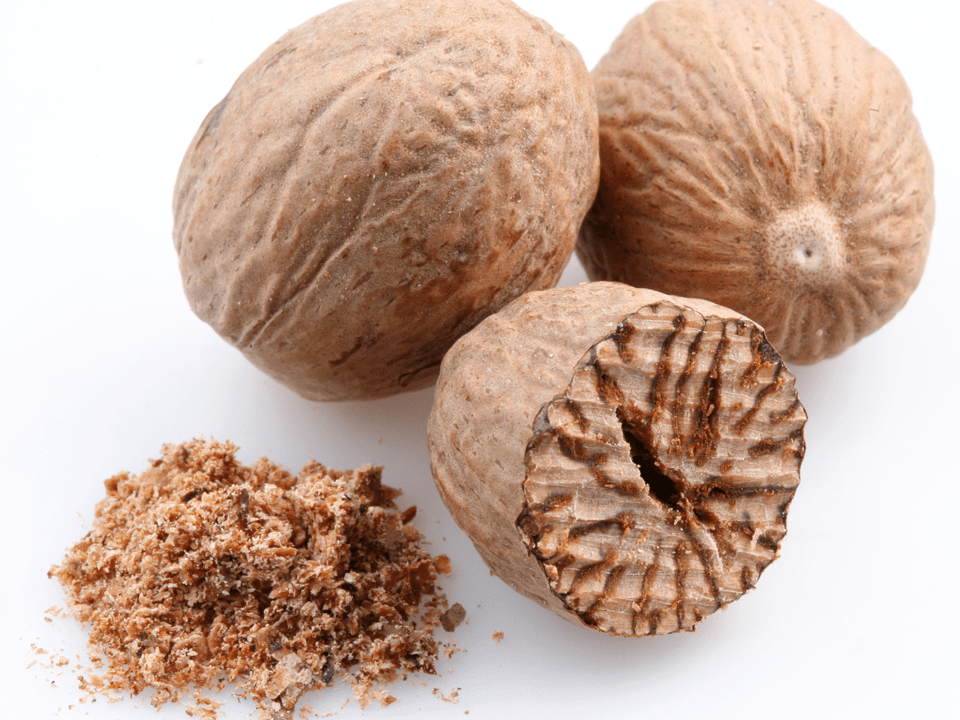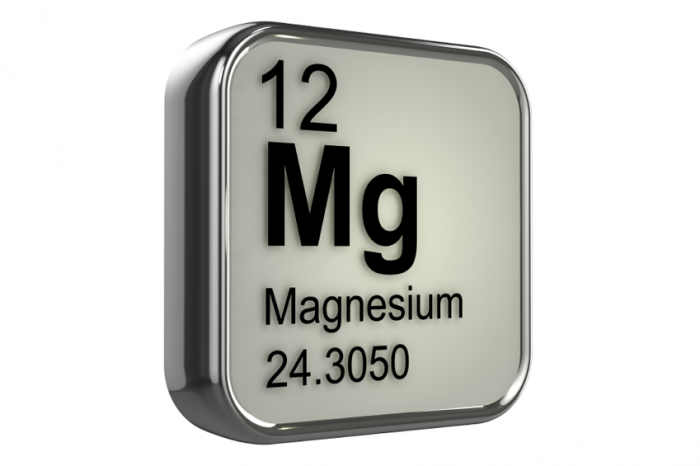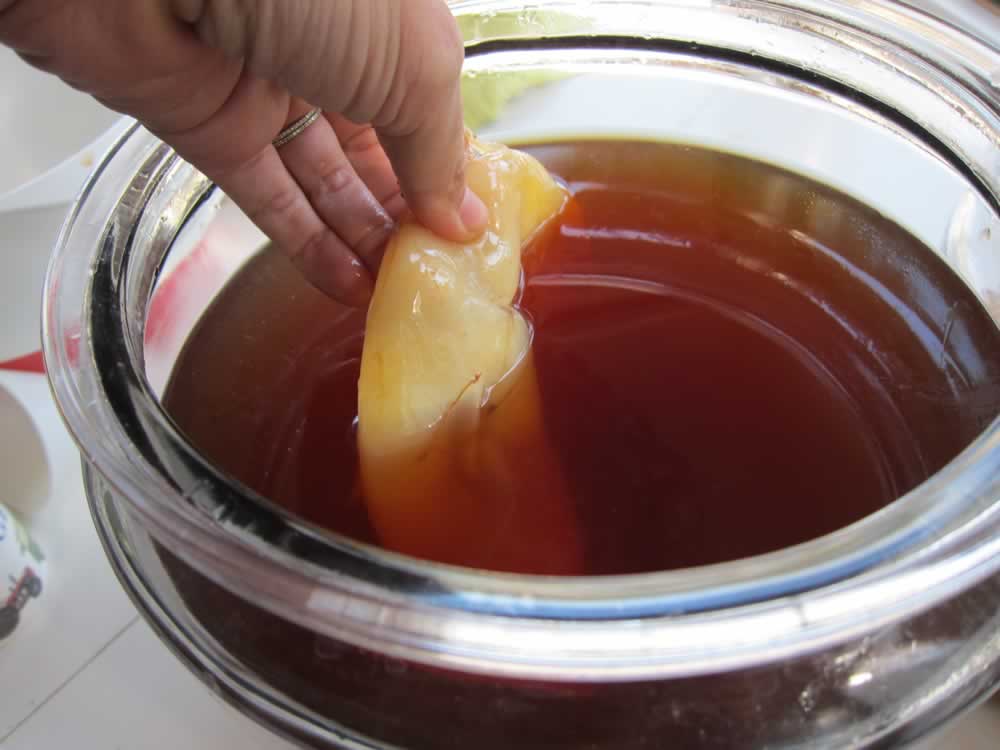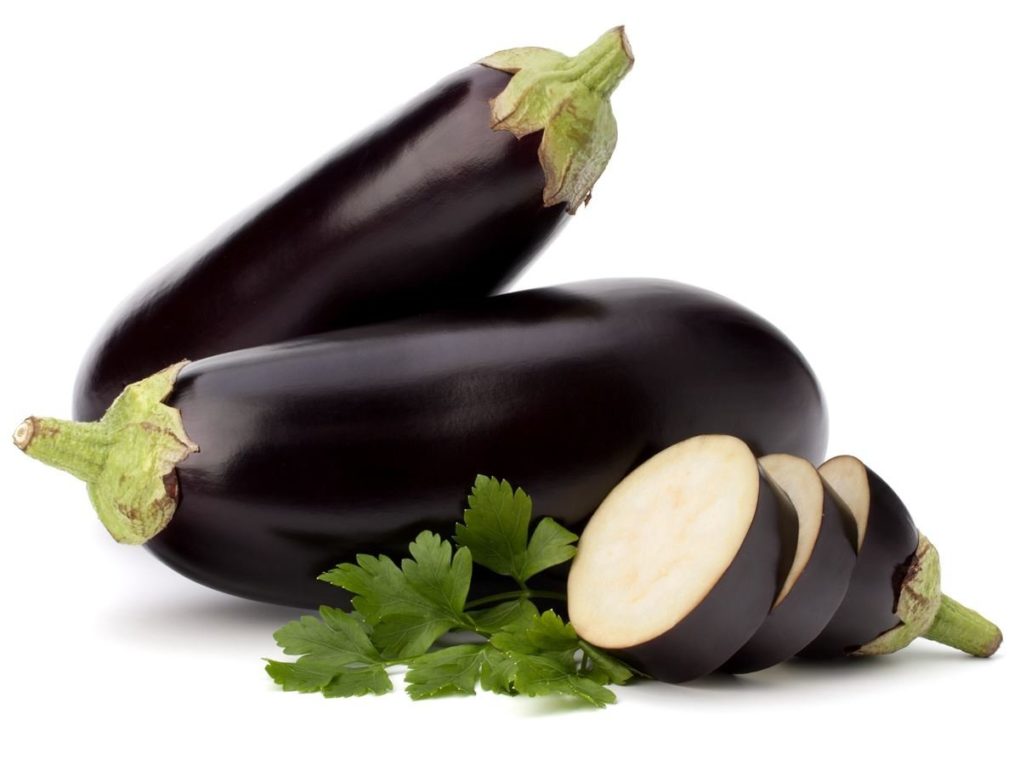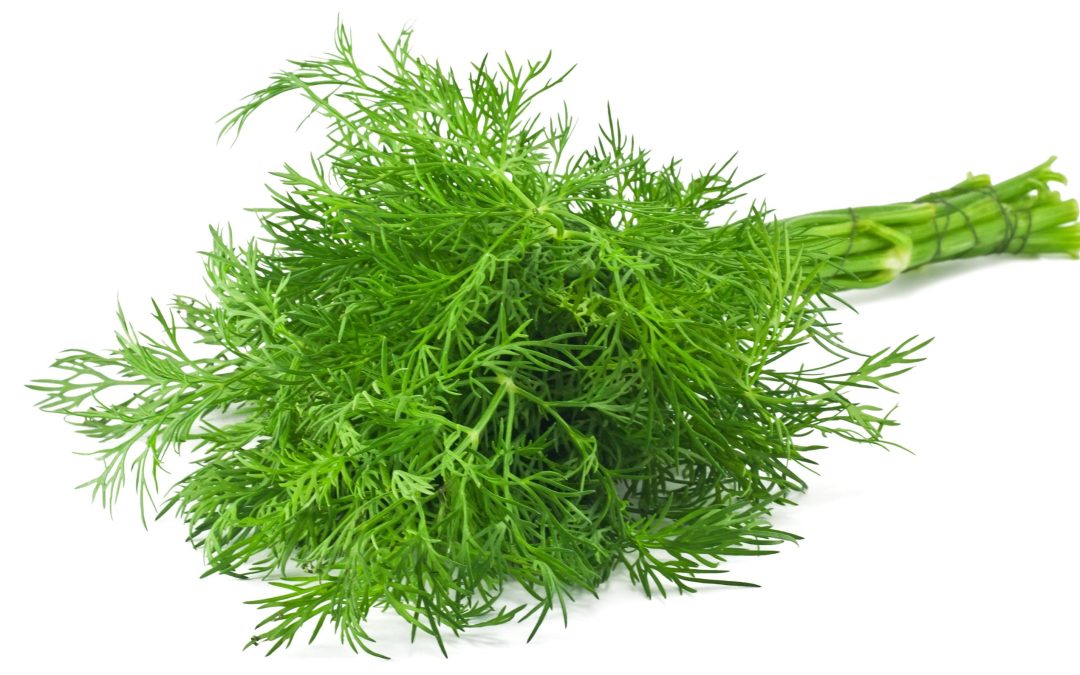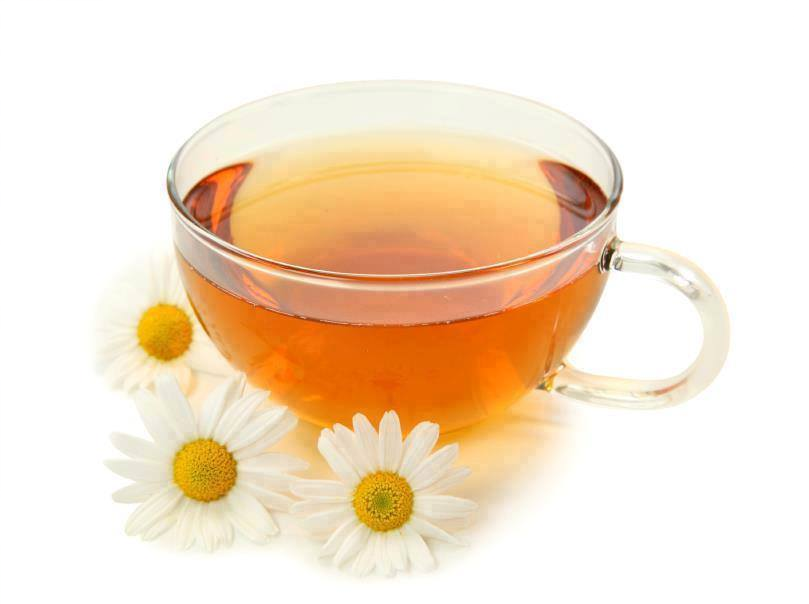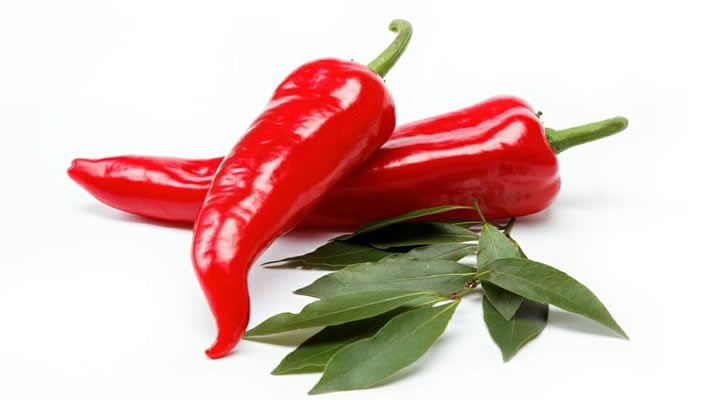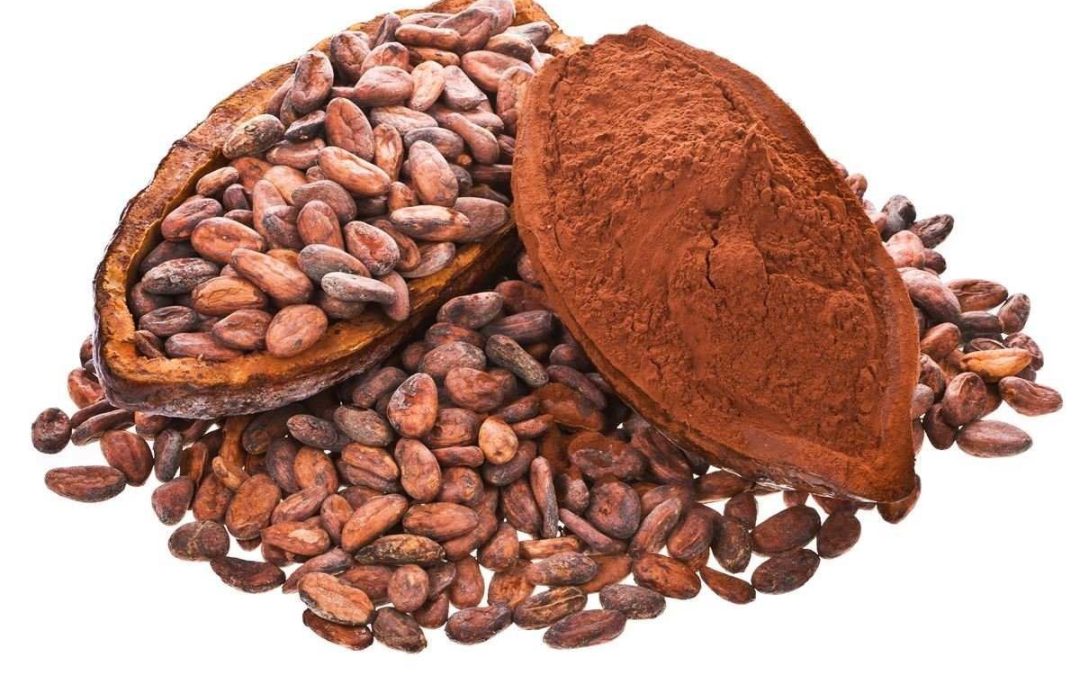C. zeylanicum, C. cassica – Cinnamon Bark
The use of cinnamon dates back thousands of years to at least 2700 B.C. Chinese herbals from that time mentioned it as a treatment for fever, diarrhoea, and menstrual problems. Indian Ayurvedic healers used it in a similar manner. Cinnamon was introduced around 500 B.C. to the Egyptians, who then added it to their embalming mixtures. Hebrews, Greeks, and Romans used it as a spice, perfume, and for indigestion. Moses included cinnamon in an anointing oil that he used. By the seventeenth century, cinnamon was considered a culinary spice by Europeans.
American nineteenth century physicians prescribed cinnamon as a treatment for stomach cramps, nausea, vomiting, diarrhoea, colic, and uterine problems.
General use
Cinnamon bark is a common ingredient in many products such as toothpaste, mouthwash, perfume, soap, lipstick, chewing gum, cough syrup, nasal sprays, and cola drinks. A popular food flavouring, it is valued as one of the world’s most important spices. It is also valuable in the treatment of various ailments. Modern herbalists prescribe cinnamon bark as a remedy for nausea, vomiting, diarrhoea, and indigestion. Chinese herbalists recommend it for asthma brought on by cold, some digestive problems, backache, and menstrual problems.
The medicinal value of the herb is attributed to the oil extracted from the inner bark and leaves. The cinnamon bark harvested from the young branches is primarily used for culinary purposes. In fact, the cinnamon sticks commonly used in cooking are actually pieces of rolled outer bark.
The active ingredients of the bark contain antibacterial, antiseptic, antiviral, antispasmodic, and antifungal properties. A study published in 2002 indicates that oil from cinnamon bark inhibits the production of listeriolysin, a protein released by Listeria bacteria that destroys healthy cells. Japanese research has shown cinnamaldehyde, one of the constituents of cinnamon bark, to be sedative and analgesic. Eugenol, another component, contains pain-relieving qualities.
Recent studies suggest cinnamon is somewhat of a super spice when it comes to health benefits. It lowers blood sugar, is highly antiseptic, has strong anti-microbial properties and prevents the spread of ‘bad’ bacteria as well as fungi. It is used to reduce inflammation, reduce clotting, relieve nausea and stimulate the appetite. Cinnamon is excellent for colds and flu and is a calming herb so it reduces anxiety and stress.
- Cinnamon bark is helpful in strengthening and supporting a weak digestive system. Research reports that cinnamon bark breaks down fats in the digestive system, making it a valuable digestive aid. It is used to treat nausea, vomiting, diarrhoea, stomach ulcers, acid indigestion, heartburn, lack of appetite, and abdominal disorders.
- A traditional stimulant in Chinese medicine, cinnamon bark has a warming effect on the body and is used for conditions caused by coldness. The twigs of cinnamon enhance circulation, especially to the fingers and toes.
- Cinnamon bark contains antiseptic properties that help to prevent infection by killing decay-causing bacteria, fungi, and viruses. One German study showed that the use of cinnamon bark suppressed the cause of most urinary tract infections and the fungus responsible for vaginal yeast infections. It is also helpful in relieving athlete’s foot.
- Cinnamon bark is a frequent ingredient in toothpaste, mouthwash, and other oral hygiene products because it helps kill the bacteria that causes tooth decay and gum disease. Inflammations of the throat and pharynx may be relieved through its use.
- Cinnamon bark is also known to control blood sugar levels in diabetics. United States Department of Agriculture (USDA) researchers have found that cinnamon bark may reduce the amount of insulin required for glucose metabolism.
- Cinnamon bark promotes menstruation. It has been used to treat menstrual pain and infertility. Women in India take it as a contraceptive after childbirth.
- Other conditions in which cinnamon bark may be helpful include fevers and colds, coughs and bronchitis, infection and wound healing, some forms of asthma, and blood pressure reduction.
- More recently, cinnamon bark has been shown to be an effective natural snake repellent that is safer to use than synthetic pest management chemicals.
Precautions
- Cinnamon bark may cause an allergic reaction in some individuals.
- Cinnamon bark is not recommended for pregnant or nursing women.
- Do not take essential oil of cinnamon bark internally unless under professional supervision. Internal ingestion may cause nausea, vomiting, and possible kidney damage.
- Essential oil of cinnamon bark is one of the most hazardous essential oils and should not be used on the skin. External application of the oil may cause redness and burning of skin.
- Cinnamon bark should not be given to children under two years of age.
- Cinnamon bark is considered toxic if taken in excess.
- Cinnamon bark should not be given to persons with inflammatory liver disease; in large quantities, it can irritate the liver.
Side effects
- Mild side effects include stomach upset, sweating, and diarrhoea.
- Large doses can cause changes in breathing, dilation of blood vessels, sleepiness, depression, or convulsions.
- Excessive use of cinnamon bark may cause red, tender gums; mouth ulcers; inflamed taste buds; and a severe burning sensation in the mouth.
Interactions
Some interactions with other medications have been reported. Cinnamon oil may cause skin irritation if applied to the skin together with acne medications that contain retinoic acid. Cinnamon bark has also been reported to intensify the effects of medications given to lower blood pressure. Persons taking cinnamon bark should discontinue its use two weeks before any surgery requiring general anaesthesia because of the herb’s tendency to lower blood pressure.
For more information on how to use cinnamon therapeutically visit Cinnamon & Honey.
DBM Protocol – Adjunct Therapy – Cinnamon
Preparations
Cinnamon bark is available in several forms from Chinese pharmacists, Asian grocery stores, and health food stores: fresh or dried bulk, pill, tincture, and as an essential oil.
Dosage
Below are some typical dosages for cinnamon alone.
- Tincture: Take up to 4 ml with water three times daily.
- Tea: Take 1 cup 2–3 times daily at mealtimes.
- Crushed: Take 1/2 tsp (2–4 g) daily.
- A dose of 1/8 to 1/4 tsp of ground cinnamon per meal for diabetic patients may help to regulate their blood sugar levels



